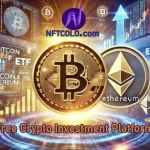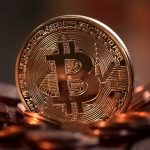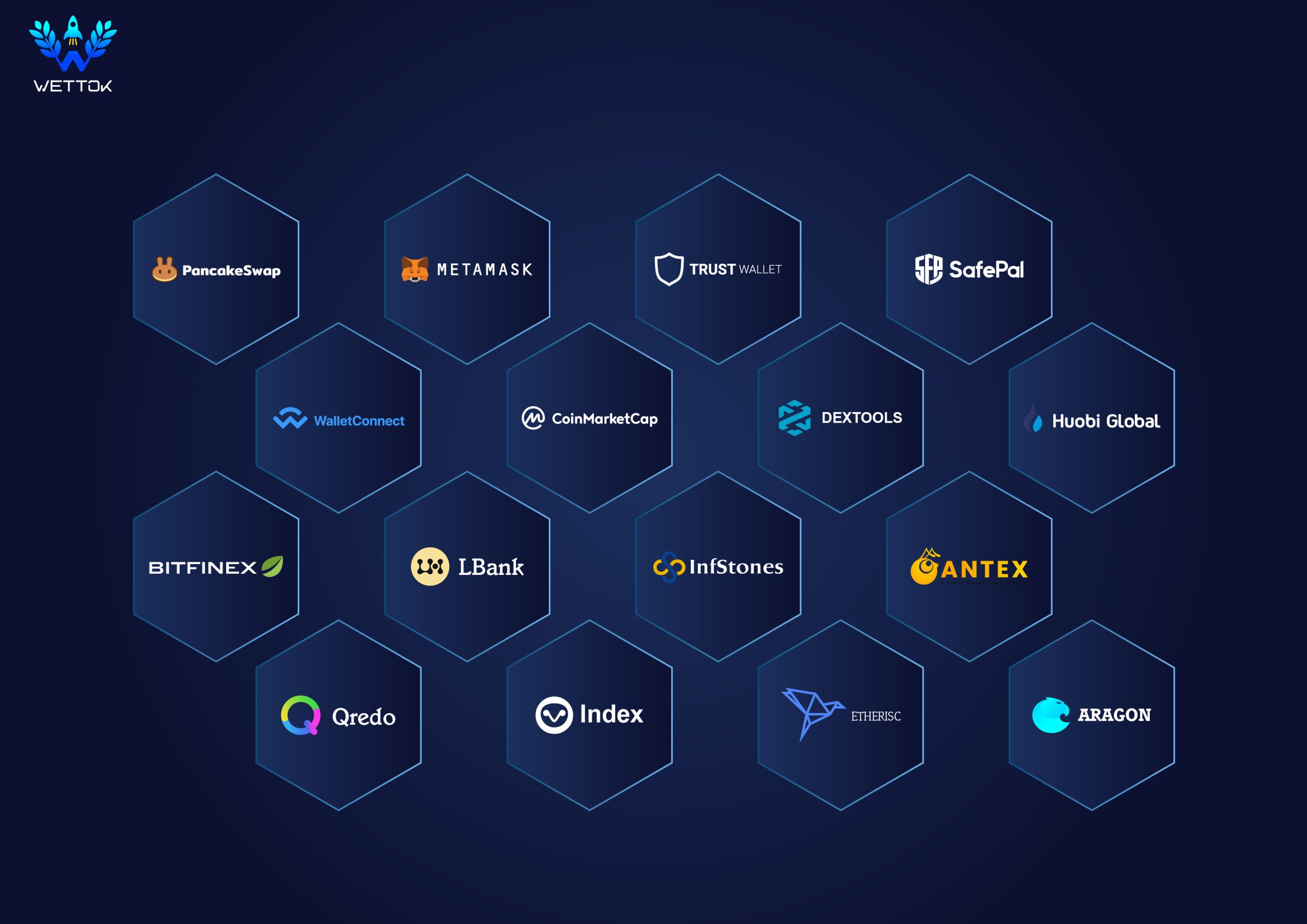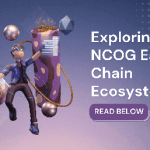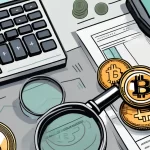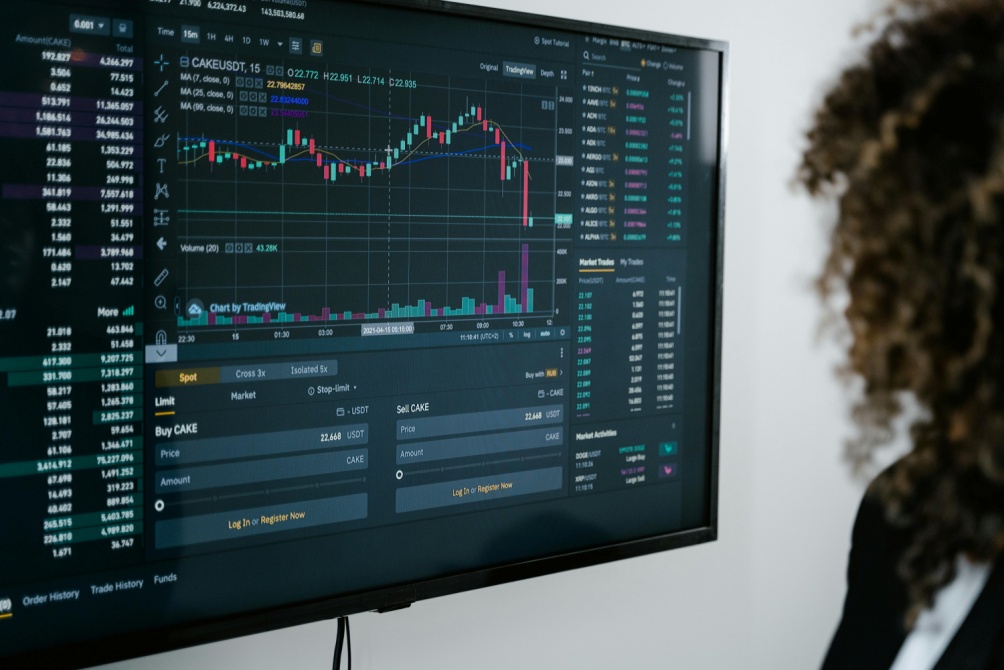
Unlocking real-world value through blockchain: How tokenization is redefining asset ownership.
Blockchain technology has revolutionized many industries, with its most profound impact felt in the realm of digital assets. A growing trend in this space is the tokenization of real-world assets (RWAs), which offers investors an innovative way to diversify their portfolios and access previously illiquid markets. By converting tangible assets such as real estate, commodities, and fixed-income instruments into digital tokens, blockchain provides new opportunities for global investors.
This blog explores how blockchain is transforming the investment landscape through the tokenization of RWAs, addressing common market skepticism with data-backed insights on institutional investments, regulatory clarity, and political support.

Content
What Are Real-World Assets (RWAs)?
Real-world assets (RWAs) include physical and financial assets that have inherent value in the traditional economy, such as real estate, commodities (e.g., gold, oil), and fixed-income instruments (e.g., bonds). These assets are typically hard to trade due to geographical limitations, ownership restrictions, or lack of liquidity in the traditional financial system.
With the advent of blockchain technology, these RWAs can now be tokenized, which means they can be represented as digital tokens on the blockchain. Tokenization of RWAs enables fractional ownership, increased liquidity, and a more inclusive market for investors who previously couldn’t access high-value assets.
By utilizing blockchain asset consulting services, investors can better understand how tokenization works and access solutions for navigating the growing world of digital assets. Consultants specializing in real-world asset tokenization investment can provide the insights needed for maximizing the potential of tokenized RWAs.
How Blockchain Enables RWA Tokenization
Blockchain works as a decentralized ledger where transactions are verified and recorded securely across a distributed network. Tokenization involves creating a digital token that represents ownership or a stake in a real-world asset. These tokens are then bought, sold, or traded on blockchain platforms.
By leveraging blockchain technology for RWA tokenization, investors can access fractional ownership of real estate, commodities, and fixed-income instruments. Tokenization breaks down these traditionally illiquid assets into smaller, tradeable units, making them more accessible to a broader range of investors.
Example 1: Real Estate Tokenization
In the real estate sector, tokenization allows fractional ownership of properties, enabling smaller investors to participate in high-value assets. For instance, instead of purchasing an entire building, an investor can buy tokens that represent a specific percentage of the property’s value. This significantly reduces the entry barriers for individual investors.
Example 2: Commodities Tokenization
Similarly, commodities like gold and oil can be tokenized, allowing investors to purchase and trade fractions of these commodities, increasing liquidity and creating new opportunities for diversification.
Example 3: Fixed-Income Instruments Tokenization
Fixed-income securities, such as bonds, are traditionally bought in large quantities. Tokenization allows for fractional bond ownership, giving investors the opportunity to diversify into fixed-income assets without needing significant capital.
For individuals and institutional investors alike, a digital asset strategy consulting firm can provide tailored advice on how to navigate these new opportunities and incorporate tokenized RWAs into a diversified portfolio.
Institutional Investment and Tokenization of RWAs
The integration of RWAs into blockchain platforms is gaining momentum, with institutional investors increasingly recognizing the potential of tokenized assets. According to a report from CoinDesk in 2021, institutional investors accounted for over 60% of the total trading volume in the cryptocurrency market, signaling growing confidence in blockchain-based assets. This institutional interest is a critical factor in driving the tokenization of RWAs.
Several major financial institutions, including hedge funds and investment banks, are already exploring the tokenization of assets. For example, JPMorgan has been exploring tokenized bonds, while BlackRock has expressed interest in blockchain and tokenization as a way to modernize its asset management offerings. The backing of such prominent players lends credibility to the notion that tokenization is no longer a speculative niche but a legitimate financial tool with real-world applications.
The presence of cryptocurrency investment solutions and digital asset management services is expected to further increase institutional participation in the tokenization space. As institutional investors shift their focus to blockchain assets, the market for tokenized RWAs will likely see significant growth.
Regulatory Clarity and Political Support
One of the major sources of skepticism surrounding blockchain and tokenized assets has been regulatory uncertainty. Governments and regulatory bodies across the globe are actively working to create frameworks that will facilitate the safe use of blockchain technology, reducing risks and increasing investor confidence.
In 2020, the U.S. Securities and Exchange Commission (SEC) published guidelines for the issuance of security tokens, indicating its acknowledgment of blockchain’s potential in the traditional financial ecosystem. As regulatory clarity improves, tokenized RWAs are becoming increasingly viable for institutional investors.
Similarly, in Europe, the European Securities and Markets Authority (ESMA) has provided clear guidelines on the regulation of tokenized assets, fostering an environment of trust. The European Union is also considering a comprehensive framework called MiCA (Markets in Crypto-Assets), which would regulate crypto-assets and tokenized securities within the EU. This type of regulatory clarity is crucial in ensuring that tokenized RWAs are compliant with existing laws and provide the stability needed for institutional adoption.
Furthermore, political support is growing for blockchain technology. In the U.S., the Digital Dollar Project is exploring the idea of a central bank digital currency (CBDC), which could pave the way for the tokenization of other assets and encourage further integration of blockchain in the broader financial system.
Benefits of Investing in Tokenized RWAs
The tokenization of RWAs offers a variety of benefits to investors, especially those looking for more diversification and liquidity. Some of the key advantages include:
- Fractional Ownership: Tokenization allows for fractional ownership of large assets, lowering the barriers to entry for individual investors. This is particularly beneficial for investors who may not have the capital to invest in full real estate properties, commodities, or bonds. With real asset tokenization investment consultants guiding them, investors can navigate these opportunities effectively.
- Increased Liquidity: Tokenized assets can be traded on blockchain platforms 24/7, providing investors with greater liquidity. Traditional markets often have limited trading hours, while tokenized assets can be bought or sold at any time.
- Global Access: Blockchain technology allows for global access to tokenized RWAs, removing geographical barriers that often limit traditional investment opportunities. Investors can access these assets from anywhere in the world, making it easier to diversify a portfolio.
- Transparency and Security: Blockchain’s inherent security features, including immutability and transparency, ensure that transactions are verified and recorded without the need for intermediaries. This creates a trustworthy environment for investors.
- Access to DeFi: Tokenized RWAs are increasingly being integrated into decentralized finance (DeFi) ecosystems. By connecting tokenized assets to DeFi platforms, investors can unlock additional liquidity, lending, and yield farming opportunities, expanding their options for DeFi finance consulting services.
Overcoming Market Skepticism with Data-Backed Insights
Despite the many benefits, some investors remain skeptical about the long-term viability of blockchain-based RWAs due to concerns about volatility, lack of regulation, and liquidity risks. However, the continued involvement of major financial institutions, growing regulatory clarity, and increasing political support point to the fact that tokenization is here to stay.
Statistics from the World Economic Forum indicate that by 2025, 10% of global GDP could be stored on blockchain platforms. This highlights the increasing mainstream acceptance of blockchain technology and tokenized assets.
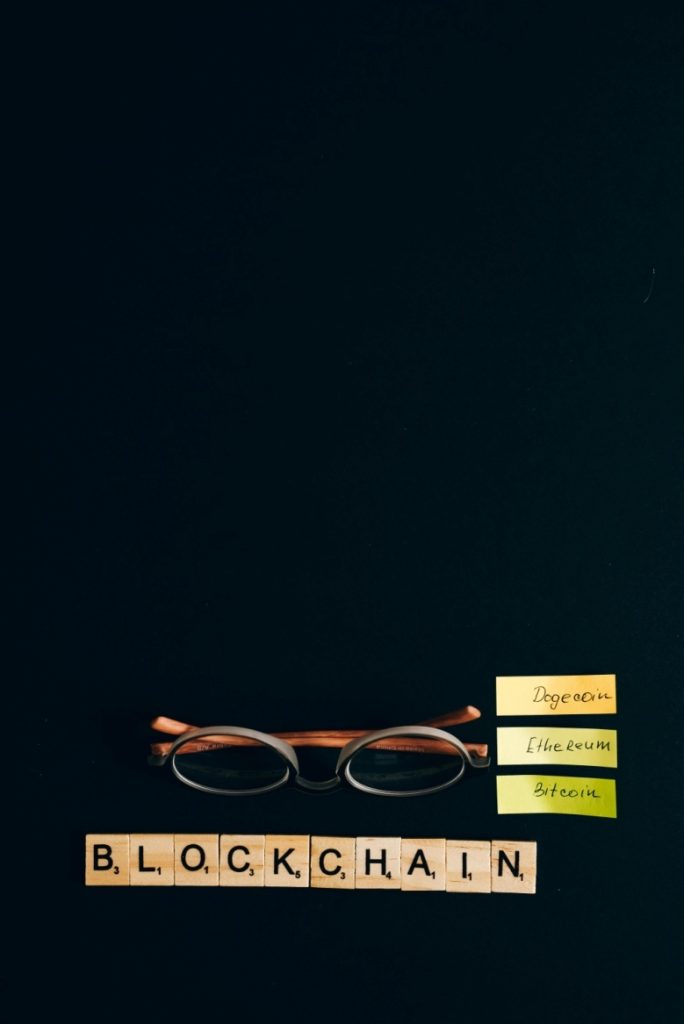
Furthermore, a survey by PwC showed that 77% of institutional investors are considering or already involved in blockchain and tokenized assets. This is a clear indicator of growing confidence in the market, particularly as blockchain and tokenization become more regulated and integrated into traditional financial systems.
Tokenization is the Future of Alternative Investments
For investors looking to diversify and enter new markets, blockchain-powered tokenization of RWAs offers a unique opportunity. Whether through real estate, commodities, or fixed-income securities, tokenization democratizes access to alternative investments and unlocks liquidity for assets that were previously inaccessible.
With institutional support, growing regulatory frameworks, and increasing political backing, tokenized RWAs are positioned to become a significant part of the global investment landscape. As blockchain continues to evolve, it will undoubtedly unlock new opportunities for investors seeking to diversify their portfolios in a more secure, transparent, and efficient manner.
If you’re looking to explore the world of tokenized real-world assets, Kenson Investments provides consultancy for DeFi finance investments. Their team of digital asset specialists helps guide concerned individuals through the complex world of tokenization, ensuring compliance and maximizing portfolio potential.
About the Author
This article was written by a contributor with a strong background in blockchain education and digital asset awareness. With a focus on demystifying complex financial technologies, they specialize in breaking down tokenization, decentralized finance, and regulatory trends for everyday readers and institutions alike. Their work supports the broader mission of making digital assets more transparent, understandable, and accessible to all.
Disclaimer: The information provided on this page is for educational and informational purposes only and should not be construed as financial advice. Crypto currency assets involve inherent risks, and past performance is not indicative of future results. Always conduct thorough research and consult with a qualified financial advisor before making investment decisions.
“The crypto currency and digital asset space is an emerging asset class that has not yet been regulated by the SEC and US Federal Government. None of the information provided by Kenson LLC should be considered as financial investment advice. Please consult your Registered Financial Advisor for guidance. Kenson LLC does not offer any products regulated by the SEC including, equities, registered securities, ETFs, stocks, bonds, or equivalents”

Jeremy is a crypto blog author who has been in the blockchain industry for 3 years. He loves to read and write about cryptocurrencies, blockchain technology, and cryptocurrency news. He is also an avid trader of various digital assets such as bitcoin and other altcoins on various exchanges including Binance, Bitfinex, Kraken, Kucoin etc.

